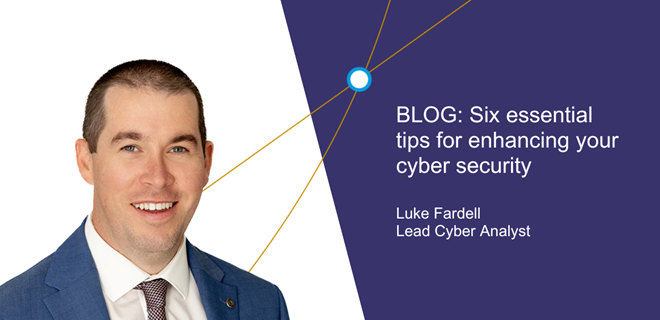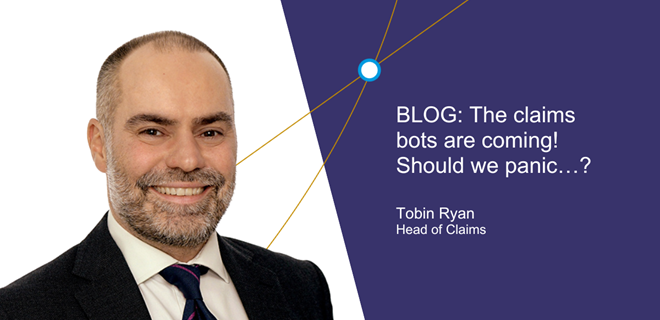
Insights
Data reveals climate change liability risk
Wednesday, January 26, 2022
As climate change fills the news, the impact of climate catastrophes on vulnerable communities and, by inference, their insurers, makes it impossible for the insurance market to ignore the impact of carbon emissions, even in the relatively intangible world of liability.
Historically, insurers’ primary focus has been on the impact of climate change to the property market but, at TMK, we see a serious systemic threat to casualty exposures too. Climate change has all sorts of direct and indirect effects that could lead to increases in the frequency and severity of liability claims. Some are easier to identify, quantify and ameliorate, others are not. Addressing these unknowns in policy terms and conditions, whilst providing adequate coverage to our insureds, is a difficult path to tread.
Climate liability risks
These changes are global by nature. Increasing temperatures and lower rainfall alter an environment’s resilience to cope with a sudden event whether it’s a bushfire ignited by the collapse of a dead tree onto a live power transmission line in the Australian outback, or a utility providers’ inability to supply fresh water in quantities adequate to sustain a reliant rural community in the Negev Desert during a drought. In other areas, intense rain and snowfall exacerbate water damage related losses for construction projects in Canada and jeopardise the integrity of large-scale hydro dams designed and built to specifications which aren’t as relevant as they once were.
Other, more complex impacts are being felt everywhere, but particularly in those less developed and more vulnerable communities. The complicated interconnections and causalities are factors TMK Underwriters increasingly consider, informed by new data, when we make our underwriting decisions.
A partnership solution
In response to these threats, TMK has partnered with Carbon Chain. This partnership allows TMK to quantify carbon emissions for a potential insured.
With this knowledge – which we hope will be rolled-out to the entire Lloyd’s market under our leadership – we are able to obtain useful insights into carbon emissions per sector and to identify less carbon intensive opportunities in near real-time. We can base our underwriting decisions in part on hard-core emissions-related facts, and for the first time ever, we can differentiate diverse companies’ third-party climate risk profiles and benchmark them against their competitors.
Over time, we hope that the insights we gain will be fed into a larger initiative to challenge our insureds on the steps they’re taking to improve their carbon profiles in a quantifiable and recordable way.
As the world changes, so too must our underwriting. By incorporating new technologies which deliver powerful data insights into our traditional underwriting approach, we intend to meet the changing world head on.
LATEST INSIGHTS

Six essential tips for enhancing your cyber security
By Luke Fardell, Cyber Security Specialist
10 June 2025
If I told you that, as of right now, any key could open your front door, you would rush home and change the lock immediately. Faced with the very real possibility that quite literally anyone could access your home, you would take swift, preventative action.

The claims bots are coming! Should we panic…?
By Tobin Ryan, Head of Claims
06 May 2025
Remember the 1980s? “Claims will be done by a computer”. “Most claims professionals will be out of a job”. “Those left will see how they work and do business change radically”. “Our market as we know it and the relationships that underpin it will cease to exist”.” “Shoulder pads will be with us for ever”.

How to tackle the triple threat to women’s health
03 March 2025
Kirsten Shastri explains how to overcome the barriers and unlock innovation in female healthcare.